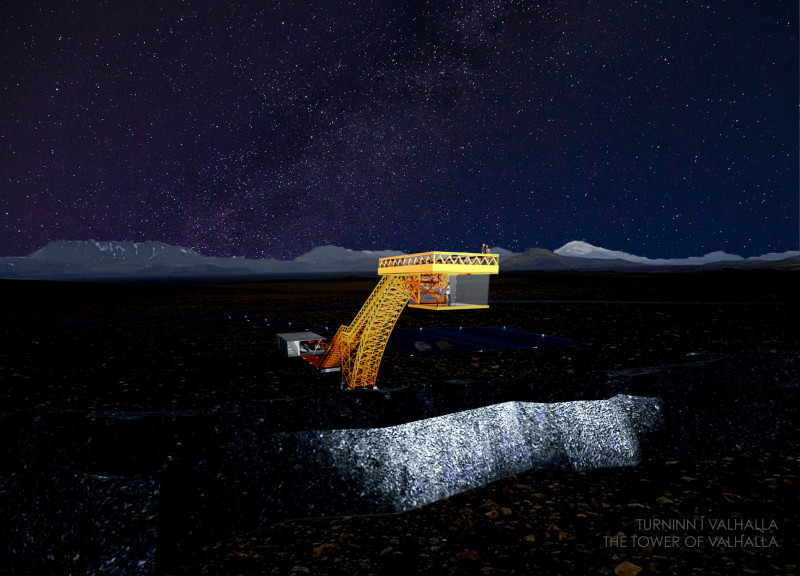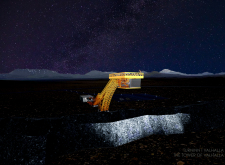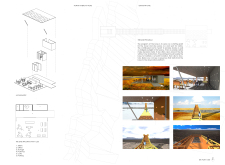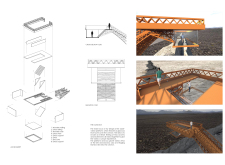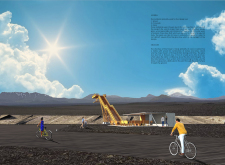5 key facts about this project
The tower primarily functions as an observation platform, providing panoramic views of the area while accommodating various visitor services, including offices, a café, and necessary facilities. The strong connection to the environment is evident in its strategic design, which encourages visitors to engage with the natural geological features that surround the structure.
Unique Structural Elements and Approaches
One of the distinctive features of the Tower of Valhalla is its cantilevered glass observation box. This element extends outward, creating a dramatic vantage point that enhances the experience of viewing the landscape below. The use of glass not only maintains visual access to the surroundings but also introduces lightness to the structure, making it appear to float above the terrain. The integration of this material serves both aesthetic and functional purposes, allowing for unobstructed views while ensuring structural integrity.
The architectural design employs a triangular truss system, which is crucial for providing structural support while maintaining an elegant form. This approach allows for large open spaces within the tower, fostering a sense of openness and connection with the environment. The careful selection of materials, such as wood, concrete, and glass, reinforces the project’s commitment to sustainability while reflecting the local culture and environmental context.
Sustainability and Environmental Integration
The design incorporates sustainable architecture principles, focusing on energy efficiency and minimizing ecological impact. Wood is utilized to create warmth and a connection to traditional building practices, while concrete ensures durability. The efficient use of glass allows natural light to illuminate interior spaces, reducing the need for artificial lighting.
Visitor pathways are thoughtfully designed to encourage exploration around the site. The configuration facilitates smooth transitions from the parking area to the observation platform, enhancing accessibility. Additionally, shading devices have been integrated into the design to mitigate glare and improve comfort levels for visitors.
For those interested in a deeper understanding of the Tower of Valhalla, reviewing the architectural plans, sections, and designs will provide further insights into the innovative ideas that shaped this project. Engaging with these elements can enhance appreciation for the architect's approach to blending functionality with a profound respect for the natural landscape.


